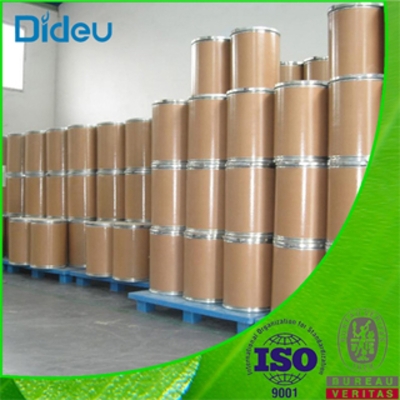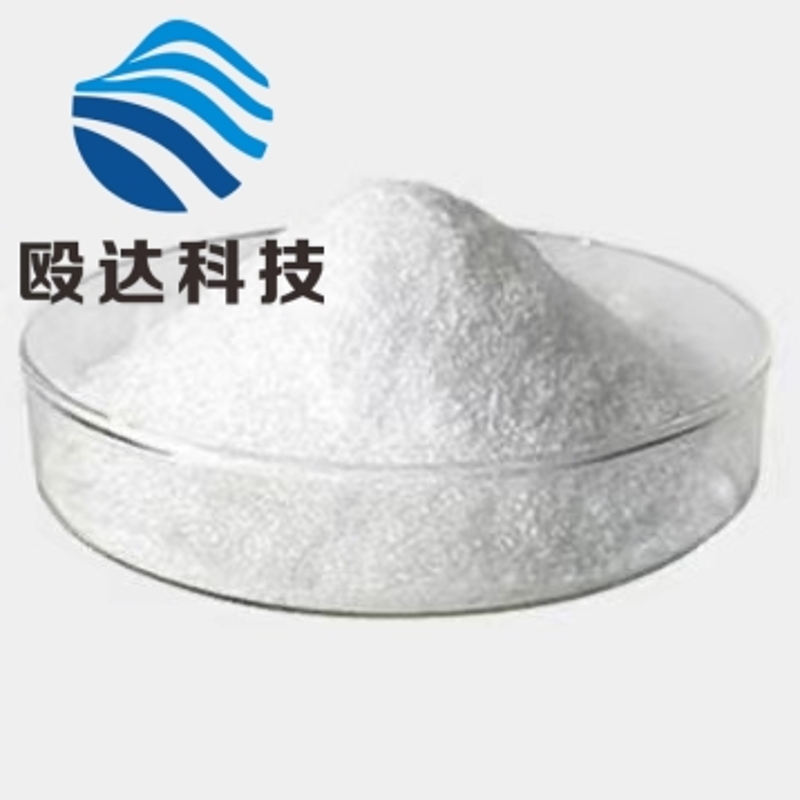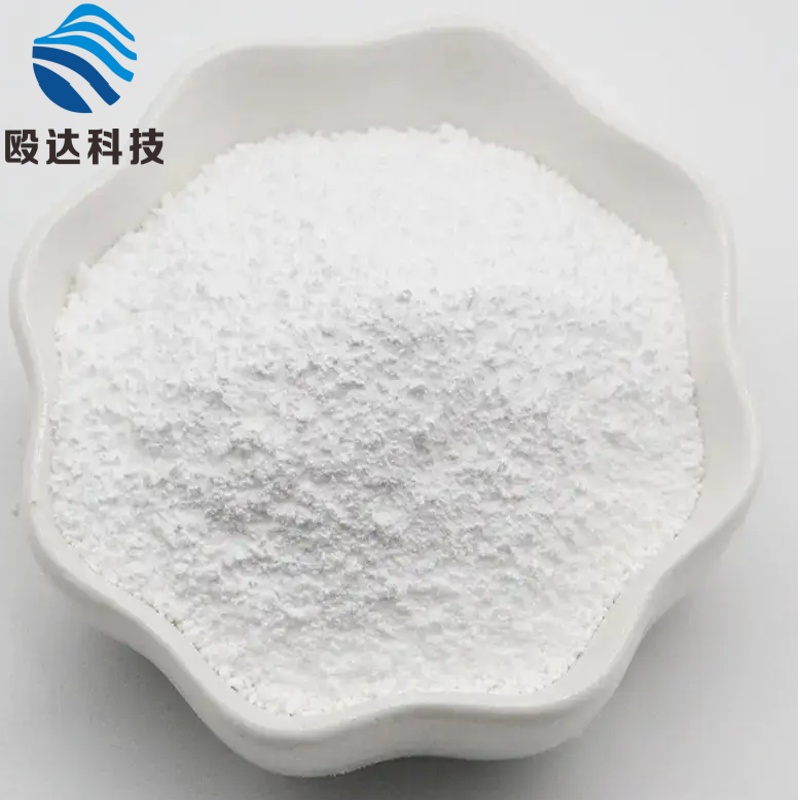-
Categories
-
Pharmaceutical Intermediates
-
Active Pharmaceutical Ingredients
-
Food Additives
- Industrial Coatings
- Agrochemicals
- Dyes and Pigments
- Surfactant
- Flavors and Fragrances
- Chemical Reagents
- Catalyst and Auxiliary
- Natural Products
- Inorganic Chemistry
-
Organic Chemistry
-
Biochemical Engineering
- Analytical Chemistry
- Cosmetic Ingredient
-
Pharmaceutical Intermediates
Promotion
ECHEMI Mall
Wholesale
Weekly Price
Exhibition
News
-
Trade Service
Sulfuric acid, cobalt(2+) salt (1:1), monohydrate, also known as CoSO3.
H2O, is a highly corrosive, colorless to yellowish liquid that is used in various applications in the chemical industry.
This compound is a salt of sulfuric acid and cobalt(2+) and is often used as a catalyst in chemical reactions, such as the hydrogenation of fats and oils.
The production of sulfuric acid, cobalt(2+) salt (1:1), monohydrate involves the sulfonation of cobalt(2+) nitrate, which is then treated with hydrogen sulfate to form the sulfuric acid salt.
This process is typically carried out in the presence of a catalyst, such as nickel oxide, to increase the efficiency of the reaction.
Once the sulfuric acid, cobalt(2+) salt (1:1), monohydrate has been produced, it is typically stored in airtight containers to prevent exposure to moisture and other contaminants.
The compound is also typically filtered to remove any impurities that may be present.
One of the key applications of sulfuric acid, cobalt(2+) salt (1:1), monohydrate is as a catalyst in chemical reactions.
In particular, it is often used in the hydrogenation of fats and oils, which involves the addition of hydrogen to the molecules of the fat or oil to reduce their molecular weight and improve their texture.
Sulfuric acid, cobalt(2+) salt (1:1), monohydrate is also used in the production of dyes, pigments, and other chemicals.
It is also used in the treatment of wastewater, where it can help to remove pollutants and impurities from the water.
Despite its many applications, sulfuric acid, cobalt(2+) salt (1:1), monohydrate is a highly corrosive compound that can cause serious damage to equipment and personnel if proper safety precautions are not taken.
As such, it is important to handle the compound with care and to follow all relevant safety guidelines.
In conclusion, sulfuric acid, cobalt(2+) salt (1:1), monohydrate, is a versatile and widely used compound in the chemical industry.
It is commonly used as a catalyst in chemical reactions and is also used in the production of dyes, pigments, and other chemicals.
While it has many applications, it is also a highly corrosive compound that requires careful handling and storage to prevent damage to equipment and personnel.







